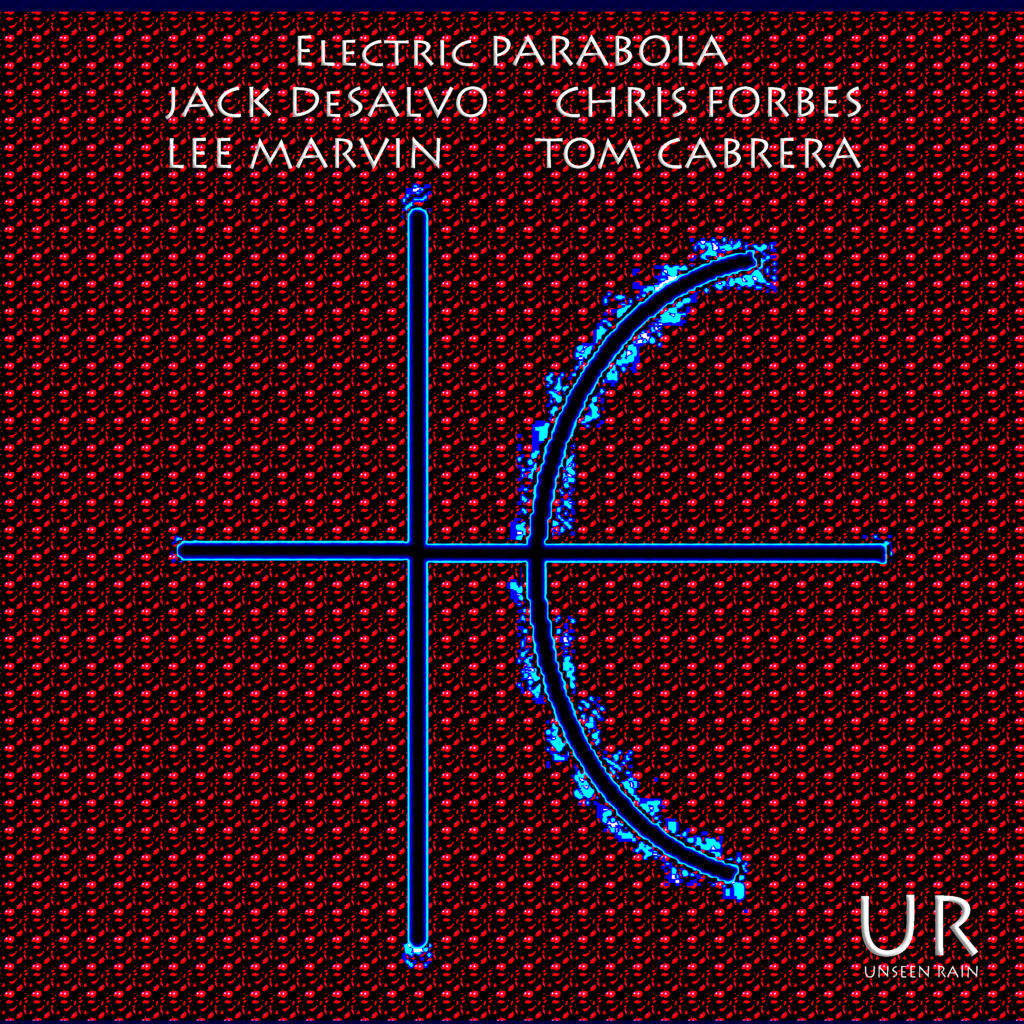
Jazz CD Reviews
Pat Hall – “Time Remembered” – The Music of Bill Evans [TrackList follows] – Unseen Rain
Published on October 2, 2014
Pat Hall – “Time Remembered” – The Music of Bill Evans [TrackList follows] – Unseen Rain UR9960, 65:37 [8/5/14] ***1/2:
(Pat Hall – trombone; Marvin Sewell – guitar; Greg “Organ Monk” Lewis – Hammond B-3 organ; Mike Campenni – drums)
When jazz listeners think of pianist Bill Evans, the farthest thing from their thoughts is probably a quartet featuring trombone, Hammond B-3 organ, drums and guitar. Which is why trombonist Pat Hall’s tribute to the late, great Evans—Time Remembered: The Music of Bill Evans—will doubtless roil the hackles of jazz purists. This hour-long excursion is not a reverent outing, but an open-minded re-imagining of music written by or associated with Evans. Members of the so-called ‘jazz police’ should not bother with this album. If, however, you want to hear a record which embraces the spirit of Evans through artistry and vision, rather than well-intentioned but derisory mimicry, then Hall’s third album for the Unseen Rain label may be appealing. Time Remembered was initially offered only as a high-definition digital download, but this review refers to the newer, CD version issued in early August of this year. [It is also offered as an MP3, which is all Amazon has.]
This isn’t the first time Hall has turned to homage. Two years ago he released Happy House, an accolade to Ornette Coleman’s early, chord-less music. But Time Remembered is more assured and fearless: abandoning piano to perform Evans’ music takes self-confidence. But Hall, guitarist Marvin Sewell (who has backed Cassandra Wilson, Jason Moran and others), Greg “Organ Monk” Lewis (on Hammond B-3) and drummer Mike Campenni create a stimulating set which is exploratory and progressive.
The inspired re-structuring is notable on all seven tunes, and in particular on the lengthiest track, a 12-minute rethink of Evans’ most famous composition, “Waltz for Debby.” Lewis commences with a long rubato solo before the rest of the foursome join in the 4/4 arrangement. Hall has a lively improvisation as he takes center stage. Here, and elsewhere, Hall showcases his ‘bone brilliance, evoking at times J.J. Johnson’s bop styling, and other times Grachan Moncur or Roswell Rudd’s edgier tone. Sewell is understated and in the background, although he displays an angularity when he does a solo spotlight, his bright notes skipping across his fretboard. Campenni utilizes an array of resourceful percussive nuances which deliver a contextual support. Three other Evans compositions are correspondingly prominent. “Know What I Mean?” begins with a moody, atmospheric prologue, but then quickly enters bop-ish terrain as an up-tempo groove is maintained. Hall explodes with an intrepid improv, the notes swelling. Sewell follows suit, although his sound isn’t as heady, and Lewis takes the third solo with a propulsive surge which brings to mind one of his heroes, Larry Young. Campenni has the final solo, where he uses rolling sticks across his tom and cymbals. Evans was an abundantly lyrical player, and his sense of shimmer and low simmer is presented during the transcendent title track, although even here Hall and his band take chances. Lewis slices in some otherworldly chords more akin to Sun Ra than Evans; and Sewell’s guitar runs are also meatier than might be expected. Hard bop is the name of the game on the closer, a swinging version of “Peri’s Scope,” where syncopation is paramount and the arrangement is the most traditional of the seven cuts.
Evans covered many pieces penned by others, so Hall had lots to choose from. The opening number, “Gloria’s Step,” is by bassist Scott La Faro, best known for his seminal work with the Bill Evans Trio. Hall’s quartet pushes this into an upbeat and fast-paced interpretation. Hall has the longest solo section: his fervor is fuelled by Lewis’ organ, which ably replicates Hall’s fire. Sewell also adds in a first-rate guitar solo. On the opposite side, Rodgers and Hart’s beautiful ballad, “Spring Is Here,” gets under way with a sunlit stride highlighted by Hall’s limpid trombone. Eventually, the arrangement notches higher to a mid-tempo posture, with fluid guitar and sparkly organ leading the way. Composer Earl Zindars’ “Elsa,” which Evans helped turn into a jazz standard, has a swinging timbre similar to “Peri’s Scope.” Lewis and Sewell offer longer organ and guitar tones and both solo with an ease of facility only years of work can do. The proceedings were nicely mixed, recorded and engineered at Tom Tedesco’s Paramus, New Jersey studio. {UR Webmaster’s note – recording was mixed and mastered by Jim DeSalvo at Beanstudio, though recorded at Tedesco} Anyone who wants to see and hear the band can watch a video with excerpts from the sessions. Tedesco gives the material a lissome quality: the recording has a live feel but also a subtle characteristic, not as noisy as likeminded projects, which suits Hall’s intentions and the melodic elements. One caveat: Chris Kelsey’s erudite and edifying liner notes are not included in the CD package (only an incorrect web address is listed). Instead, they are only available online, but are worth reading for those who may want to purchase this release.
TrackList: Gloria’s Step; Waltz for Debby; Spring Is Here; Elsa; Know What I Mean?; Time Remembered; Peri’s Scope.
—Doug Simpson
Email your Opinions on this article to AUDIOPHILE AUDITION!
Email this page to a friend. View a printer-friendly version of the article.



Leave a Reply
You must be logged in to post a comment.